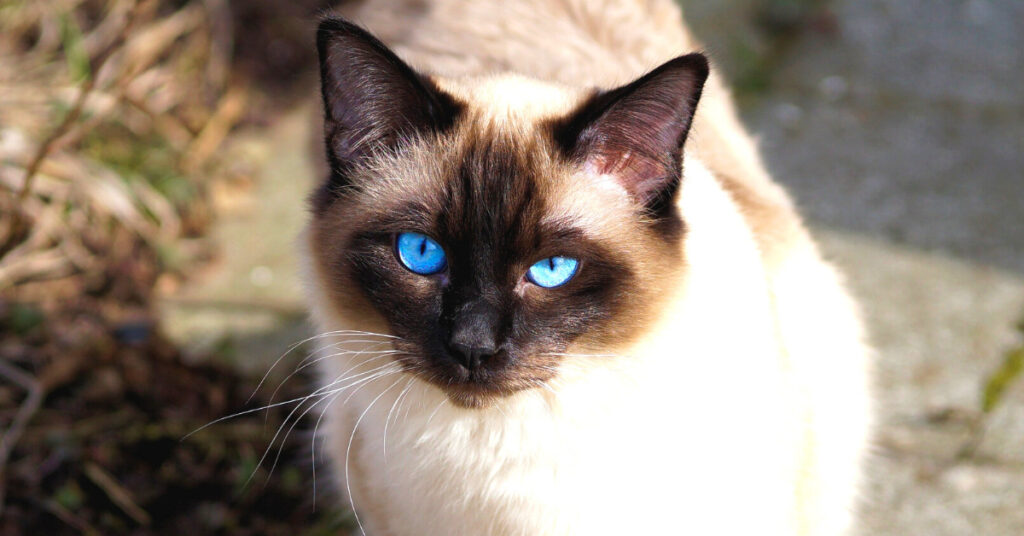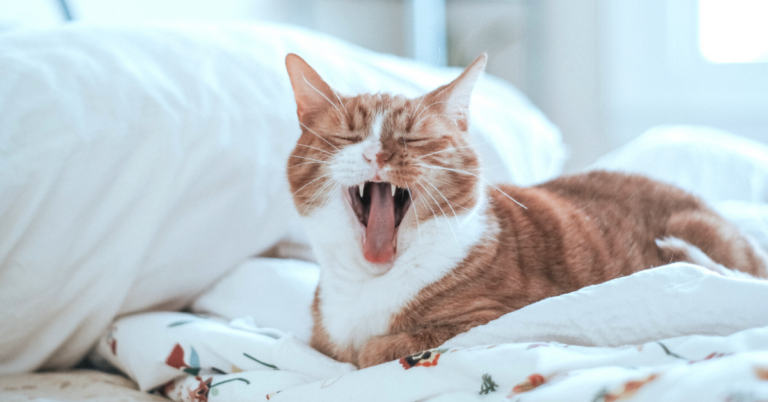Feline Hyperesthesia (Complete Guide)
Feline hyperesthesia syndrome FHS, is a disorder that affects the cat’s central nervous system. Cats affected have hyper sensitive skin.
It’s a rare medical condition, and affected cats show signs of anxiety, and general unrest.
Cats usually show weird behaviors, like freezing, and jumping suddenly in the air. However, some behaviors can be alarming and need a vet checkup.
Feline Hyperesthesia Syndrome is not a life-threatening disorder. However, cats who experience it, live a discomfortable life and it can dramatically affect their quality of life.
This syndrome doesn’t tend to progress or get worse, but it can increase the risk for infections caused by scratching and biting their own skin.
In addition, the mental stress it causes is really frustrating, and always feeling irritated from something they can never escape.
If you suspect your cat may be suffering from feline hyperesthesia, don’t wait and call your vet to discuss what should be done.
What is Feline Hyperesthesia?
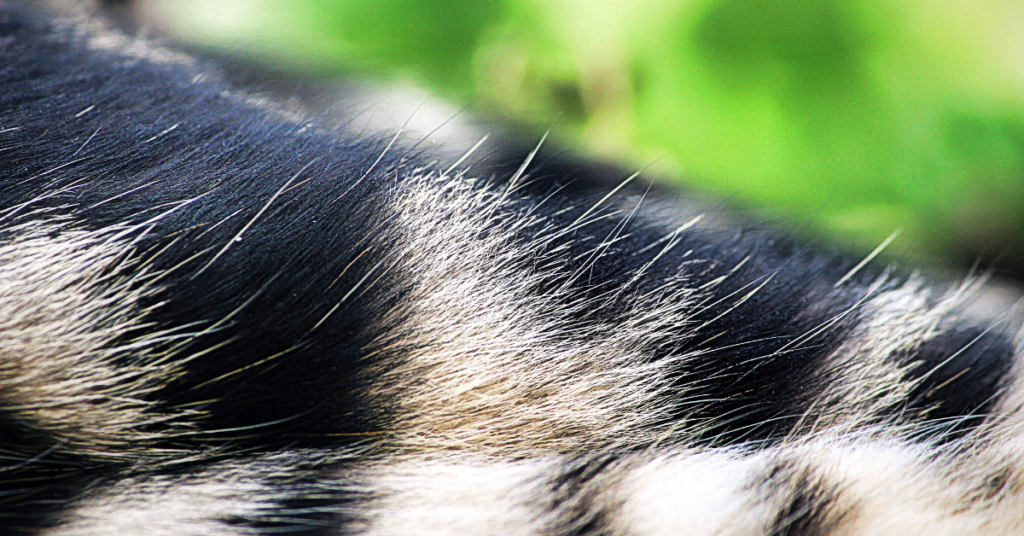
Feline hyperesthesia syndrome is a rare condition, also known as twitch skin syndrome, rippling skin disease, or rolling skin syndrome.
Hyperesthesia is an extreme skin sensitivity, usually on the cat’s back, and in the area right in front of the tail.
If you pet your cat in these areas, the cat will suddenly react by scratching itself, or becoming aggressive and trying to bite you.
Veterinarians identify this condition as a form of epilepsy, or a type of obsessive-compulsive disorder.
It’s considered an obsessive compulsive disorder, because most clinical signs of the syndrome include short but obsessive grooming, scratching, and chasing their tails.
It can affect cats of all ages, but it usually appears for the first time in mature cats between 1-5 years of age.
Some cat breeds like Siamese, Burmese, Abyssinian, and Persian cats are more prone to having feline hyperesthesia syndrome.
Feline Hyperesthesia Causes
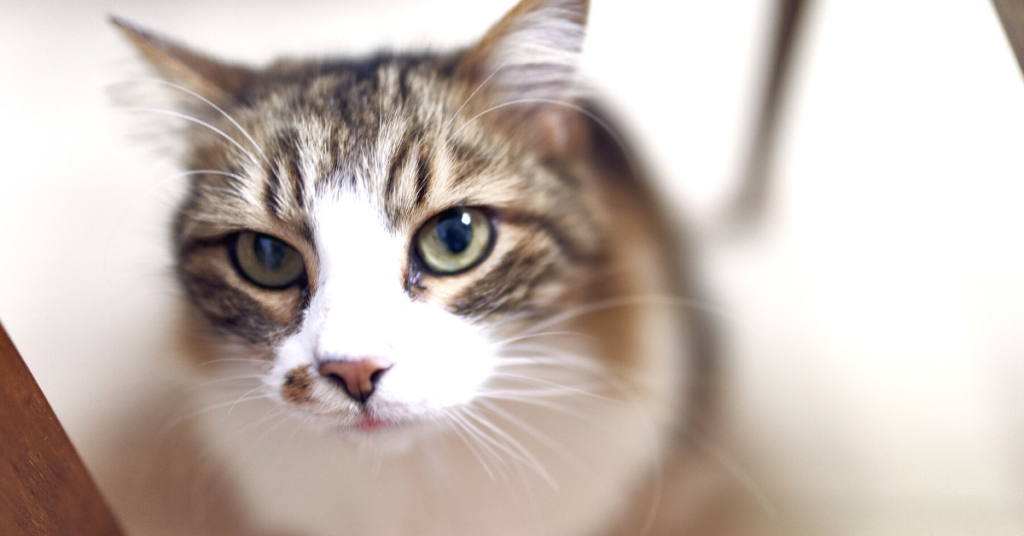
There are possible causes of feline hyperesthesia that should be ruled out, such as pansteatitis, or yellow fat disease. This disease is caused by excess of unsaturated fatty acids, with a lack of sufficient Vitamin E.
Yellow fat disease can be caused by excessive consumption of red tuna, and poor nutritional homemade diets.
Toxic exposure to arsenic or mercury-containing foods or compounds, or the ingestion of household cleaning agents and pesticides, can also cause this odd behavior.
In addition, cats who show seizures with feline hyperesthesia, can be suffering from a brain infection, head trauma, or tumors. Flea allergy can also be the cause behind this unusual behavior.
Signs of Feline Hyperesthesia

Signs of feline hyperesthesia episodes usually happen suddenly and last for 1-2 minutes. Usually, these episodes are triggered when you touch or scratch the cat’s lower back.
The cat will start swishing its tail back and forth, and turn around towards the tail as if something is biting it.
In addition, muscles of the lower back will start twitching. Other symptoms of FHS include:
- Biting or licking the skin around the tail or back area
- Rippling or rolling of the skin
- Drooling
- Sensitivity to touch
- Loud meowing
- Dilated pupils
- Erratic behavior
- Uncontrolled urination
- Excessive grooming along the tail, which leads to hair loss
- Frantic running and chasing imaginary things
- Sudden changes in mood, from extremely affectionate to aggressive, hyperactive, scared, or depressed
- Tail chasing or violent attacks directed at the tail
In severe cases, self-mutilation can include pulling out clumps of hair and/or biting their own skin, in order to relieve the unpleasant feeling.
These episodes can happen daily, every couple of days, or once a week.
In addition, after an episode of feline hyperesthesia, cats usually would experience seizure behavior like leg paddling, falling over, or vocalizing.
Diagnosis of Feline Hyperesthesia
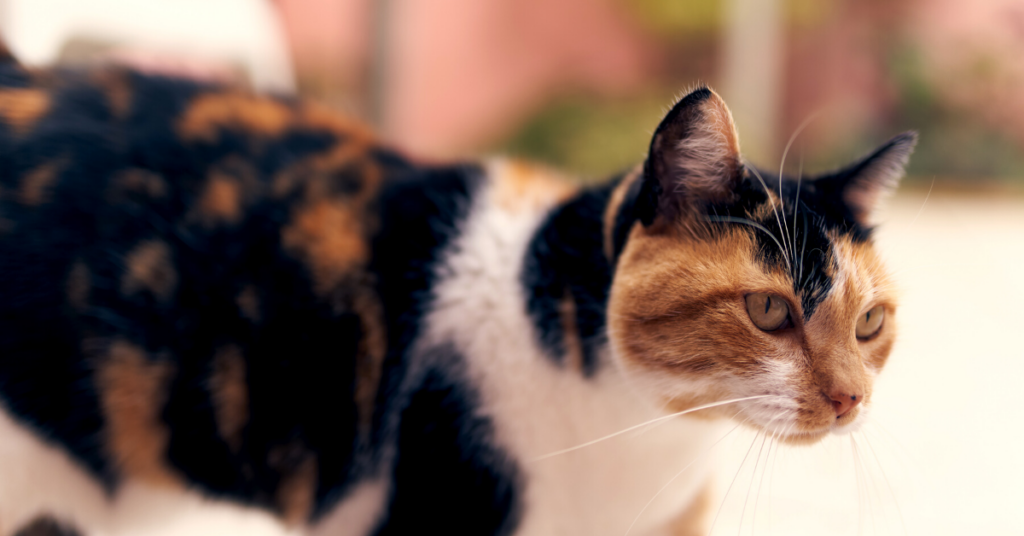
Diagnosis of feline hyperesthesia is based on ruling out all other possible causes, since there is no particular known cause of this syndrome, and no single diagnostic test.
Signs of feline hyperesthesia are similar to signs of many other feline health disorders, which affect the nervous system, skin, and muscles, such as:
- Spinal issues such as osteoarthritis, pinched nerves, or slipped discs
- Flea allergy dermatitis, which includes itching of the skin and hair loss due to allergic reaction to flea saliva
- Flea infestations
- Skin disorders such as, fungal skin infections, such as yeast or ringworm, or mite infestations
- Epilepsy
- Very bad nutrition
- Hyperthyroidism
- Abscesses and bite wounds
- Neurological problems, such as brain tumor, head trauma, or brain infections
Multiple tests may be needed to rule out these health issues, such as general physical and neurological exams, blood tests, thyroid test, urine analysis, skin tests, x-rays, MRI, and more.
The vet may also refer you to a neurologist or a dermatologist, depending on the underlying cause.
If all of those causes had been ruled out, the rippling skin disorder will be diagnosed as a form of OCD “obsessive-compulsive disorder”, or stress related condition.
Feline Hyperesthesia Treatment
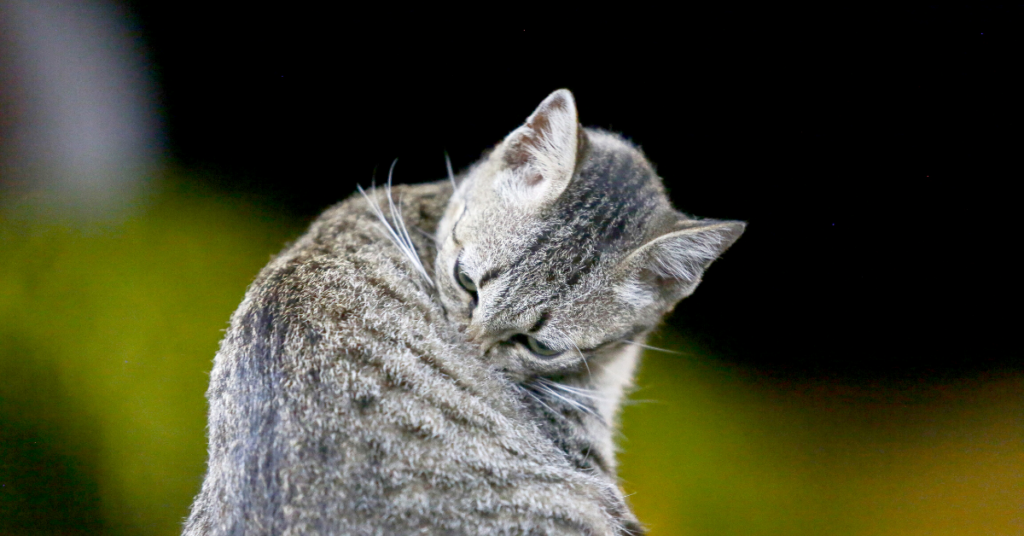
Behavioral Treatment
Treating feline hyperesthesia is based on avoiding any type of physical activity that may annoy or infuriate your cat, such as scratching their back or area around their tail.
Reduce your cat’s anxiety as much as possible, by creating a peaceful environment, sticking to a routine, and offering interactive play.
Try to avoid anything that triggers anxiety, like changes in routine, adding or removing a new pet, rearranging furniture, or boredom caused by lack of mental activities.
Provide consistency in the daily routine of your cat. Offer them interactive toys like feather toys on a wand, puzzle feeders, ball tracks, and play with them daily.
You can also hide their treats around the house, so they can look for them. Feed them twice a day on a regular schedule.
Make your home more cat friendly, by adding scratching posts, cat shelves and trees, or window perches.
In addition, clicker training is also an effective and fun activity to increase happiness, and reduce depression.
A balanced nutritional diet that is rich with minerals, and vitamins is important as well.
Medications Treatment
There are no US Food and Drug Administration-approved medications for treating FHS or any other compulsive disorder in pets.
Pet owners should be informed of the potential risks and the possible benefits of the use of behavior medications.
Your veterinarian may perform kidney and liver tests before prescribing such medications, to make sure they are functioning properly.
These tests may be repeated after 4 weeks of starting therapy, to evaluate the organs functions, especially the liver.
Anti seizure medications, such as phenobarbital, may be prescribed for cats with FHS, and very low dosages of mood stabilizing drugs.
Your vet will start by prescribing the lowest dose, then increasing it gradually as needed. This will decrease the risk of potential side effects such as prolonged anorexia or excessive sedation.
Once the frequency of the FHS episodes reaches an acceptable level, treatment should continue for 4 to 6 months. After this period, the dose can be reduced gradually.
Some cats however, may need a life long medication treatment.
Alternative Options
Alternative treatment options include acupuncture, and massage therapy. They are thought to be effective in reducing stress, and overstimulation of the nervous system.
Although hyperesthesia may never be cured. However, following the instructions of your veterinarian, and feline nutritionist or feline behaviorist, will help make your cat happier, reduce anxiety, and relieve your own stress and worry.
When to See a Veterinarian

If your cat is experiencing odd behavior more than usual, and showing any of the previously listed signs, it’s time to call your veterinarian.
The best thing you can do to help your veterinarian in diagnosing feline hyperesthesia, is by recording a video of your cat during an episode of FHS.

